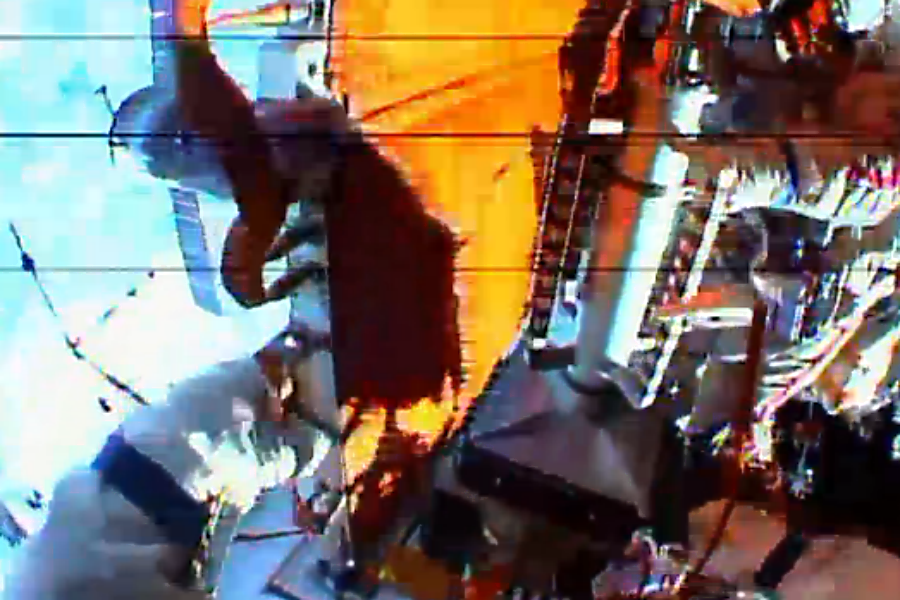Three spacewalks in a row: Why so many EVAs?
Loading...
| Cape Canaveral, Fla.
For the third week in a row, astronauts are spacewalking up at the International Space Station. This time, it's on the Russian side of the house.
Russian spacemen Maxim Suraev and Alexander Samokutyaev will double as trash men during the six-hour excursion. They will remove and heave overboard an old science experiment as well as two antennas that are no longer needed. They'll also inspect the outside of the Russian segment, collecting samples from windows and elsewhere to check for engine exhaust and other materials.
Russian Mission Control outside Moscow is supervising all the action 260 miles up.
During each of the previous two weeks, American and European spacewalkers took care of some outside maintenance.
On Oct 7, astronauts Reid Wiseman of NASA and Alexander Gerst of the European Space Agency (ESA) moved a failed ammonia cooling pump module from temporary to long-term storage and installed a new Relay Assembly to provide power redundancy for the Mobile Transporter (MT), along which the 57.7-foot-long Canadarm2 robotic arm traverses between its various work sites, reported AmericaSpace.com. In a second EVA, US astronauts replaced a Sequential Shunt Unit (SSU) on the starboard truss, following its failure back in May, as well as relocating external cameras in support of next year’s arrival of the first International Docking Adapters (IDAs) for the long-awaited Commercial Crew vehicles.
Altogether, six people live on the orbiting lab: three Russians, two Americans and one German.
A livestream video of Wednesday's six-hour spacewalk is being broadcast by NASA.





